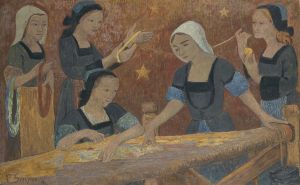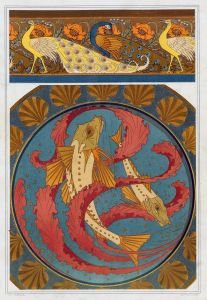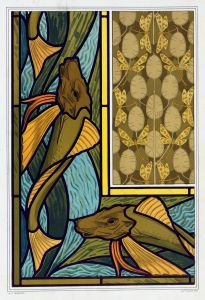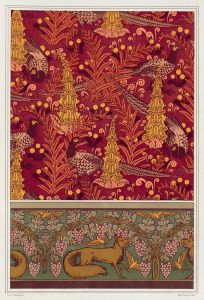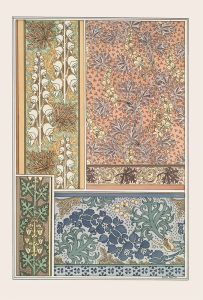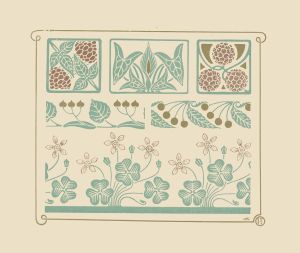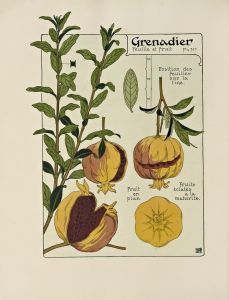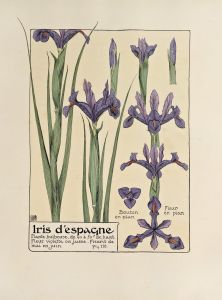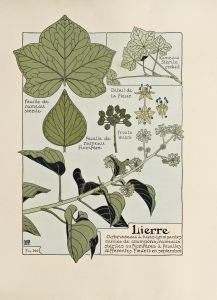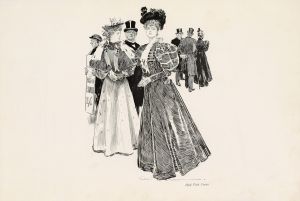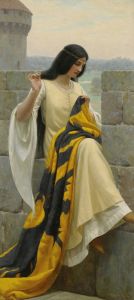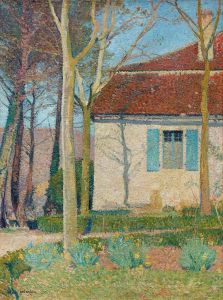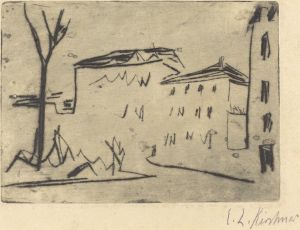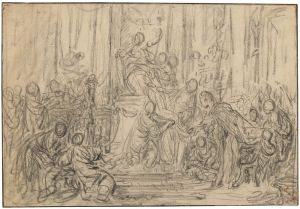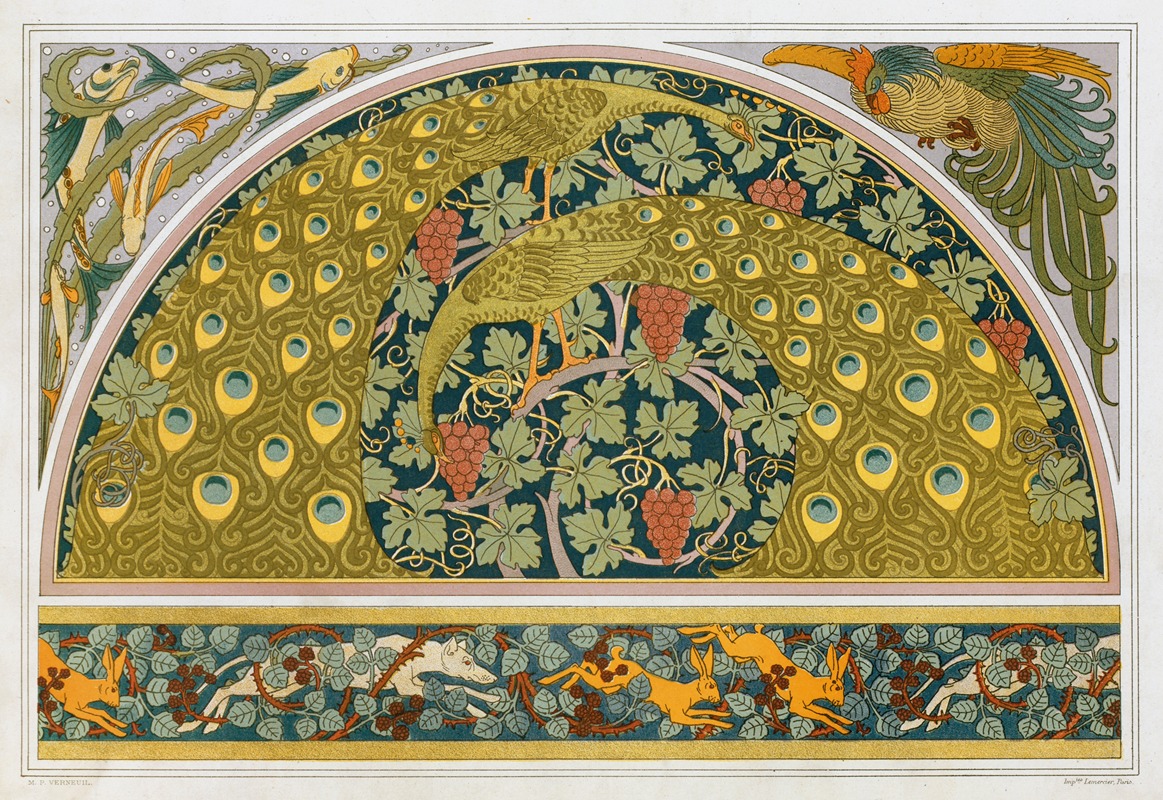
Poissons et algues, coq, écoinçon; paons et vigne; lièvres, chiens et ronces, bordure
A hand-painted replica of Maurice Pillard Verneuil’s masterpiece Poissons et algues, coq, écoinçon; paons et vigne; lièvres, chiens et ronces, bordure, meticulously crafted by professional artists to capture the true essence of the original. Each piece is created with museum-quality canvas and rare mineral pigments, carefully painted by experienced artists with delicate brushstrokes and rich, layered colors to perfectly recreate the texture of the original artwork. Unlike machine-printed reproductions, this hand-painted version brings the painting to life, infused with the artist’s emotions and skill in every stroke. Whether for personal collection or home decoration, it instantly elevates the artistic atmosphere of any space.
Maurice Pillard Verneuil (1869–1942) was a French artist and designer known for his contributions to the Art Nouveau movement. He specialized in decorative arts, creating designs for wallpapers, textiles, ceramics, and book illustrations. Verneuil's work often drew inspiration from nature, incorporating organic forms, animals, and plants into his designs. His style reflected the Art Nouveau emphasis on harmony between art and nature.
The artwork titled Poissons et algues, coq, écoinçon; paons et vigne; lièvres, chiens et ronces, bordure is a decorative composition by Verneuil. This piece exemplifies his characteristic approach to design, featuring intricate patterns and motifs inspired by the natural world. The title itself suggests a series of interconnected themes: fish and seaweed (poissons et algues), a rooster in a corner design (coq, écoinçon), peacocks and vines (paons et vigne), and hares, dogs, and brambles (lièvres, chiens et ronces). These elements are arranged within a border (bordure), creating a cohesive and ornamental design.
The work reflects Verneuil's fascination with both flora and fauna, as well as his ability to stylize these subjects into decorative forms. The inclusion of animals such as fish, roosters, peacocks, hares, and dogs, alongside plants like seaweed, vines, and brambles, demonstrates his skill in blending diverse natural elements into a unified composition. This approach aligns with the Art Nouveau aesthetic, which sought to break down the boundaries between fine art and applied art by incorporating artistic beauty into everyday objects and designs.
Verneuil was influenced by Japanese art, particularly the ukiyo-e woodblock prints that became popular in Europe during the late 19th century. This influence is evident in his use of bold outlines, flat areas of color, and stylized forms. Additionally, his work was shaped by the broader Art Nouveau movement, which celebrated the decorative potential of organic shapes and patterns.
While specific details about the creation date or medium of this particular artwork are not readily available, it is consistent with Verneuil's broader body of work, which often served as inspiration for decorative applications. His designs were widely disseminated through publications, including pattern books and design manuals, which were used by artists, craftsmen, and designers.
Maurice Pillard Verneuil's contributions to the decorative arts remain significant, as his work continues to be celebrated for its artistic innovation and its role in defining the visual language of Art Nouveau. Poissons et algues, coq, écoinçon; paons et vigne; lièvres, chiens et ronces, bordure is a testament to his ability to transform natural motifs into timeless decorative art.





